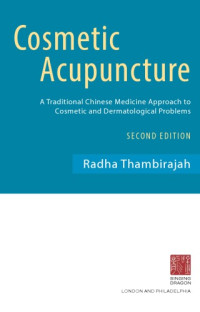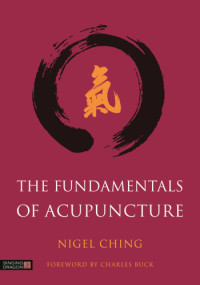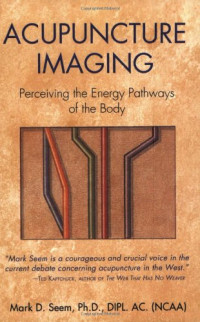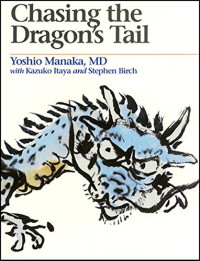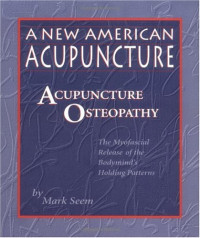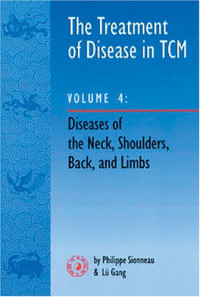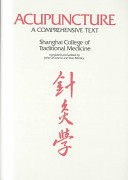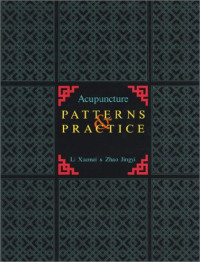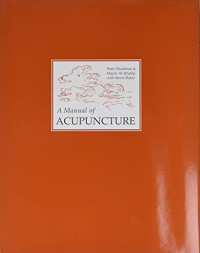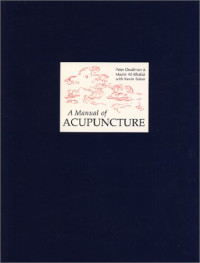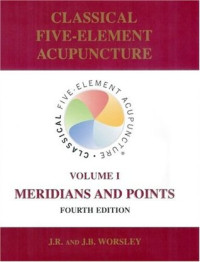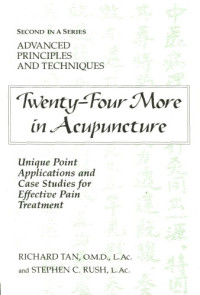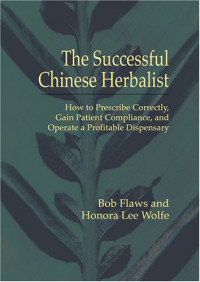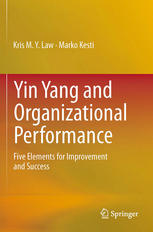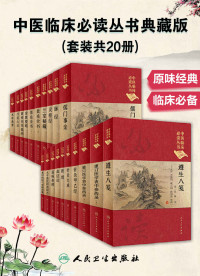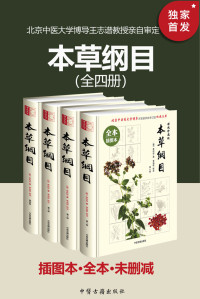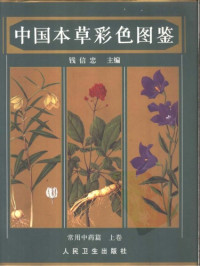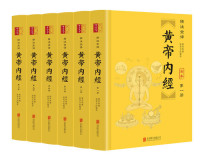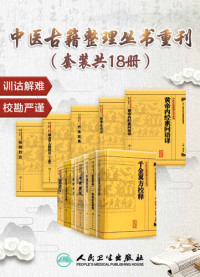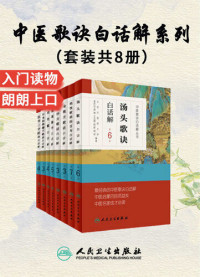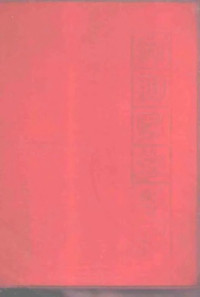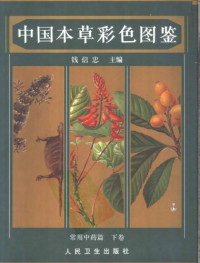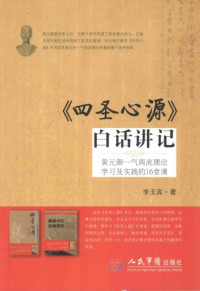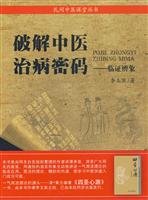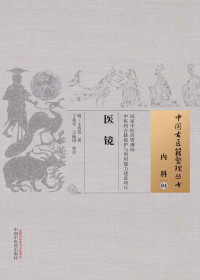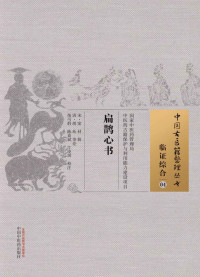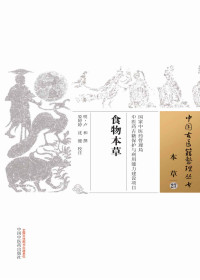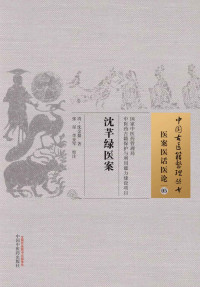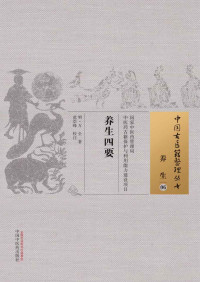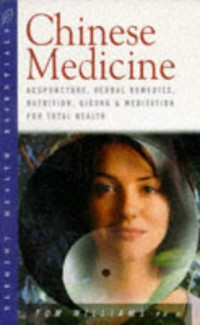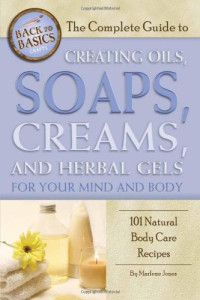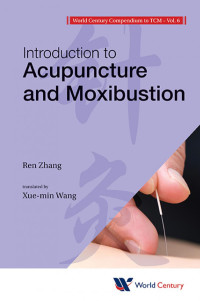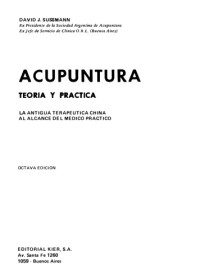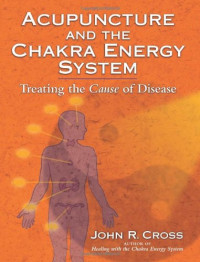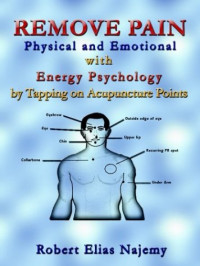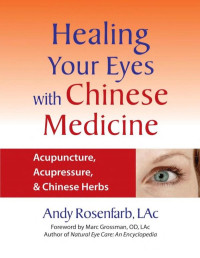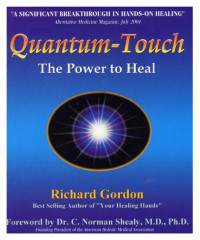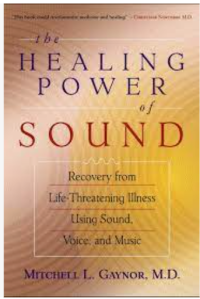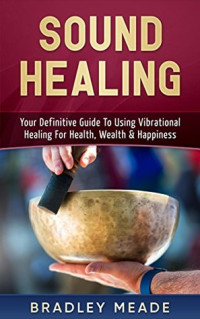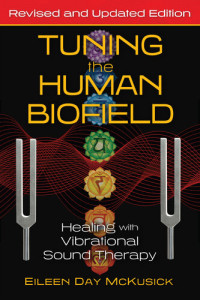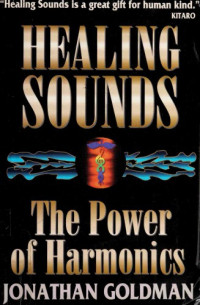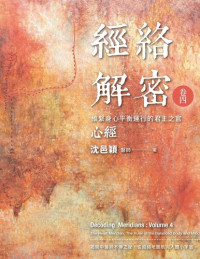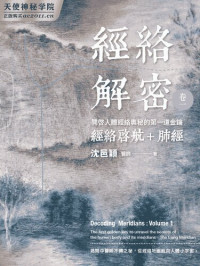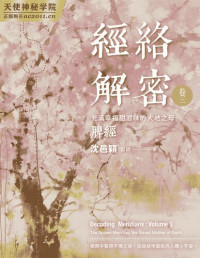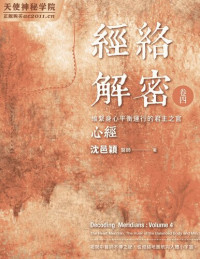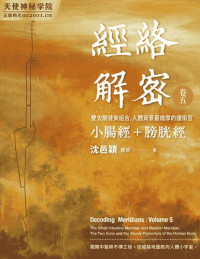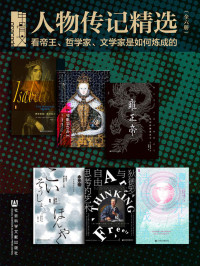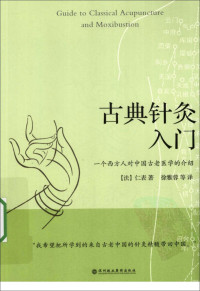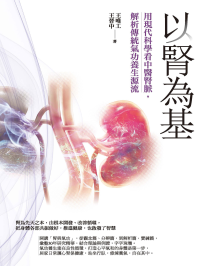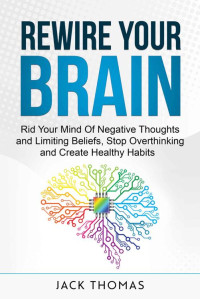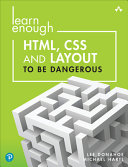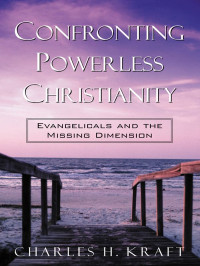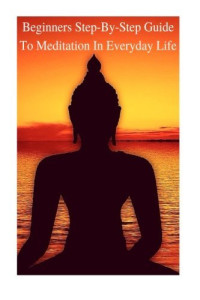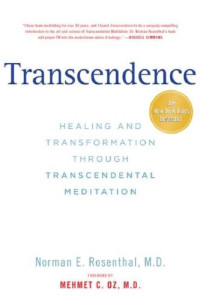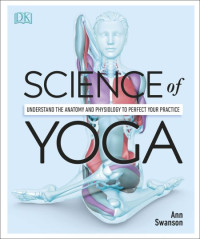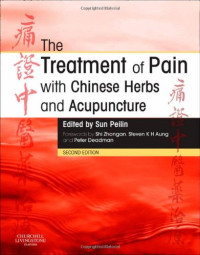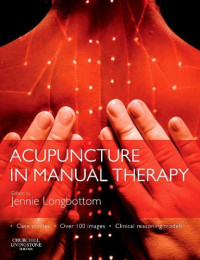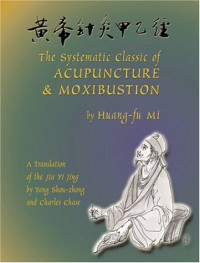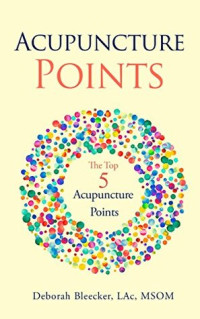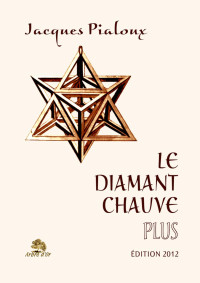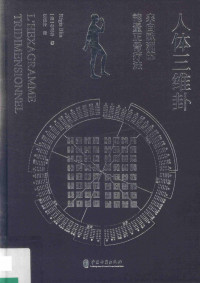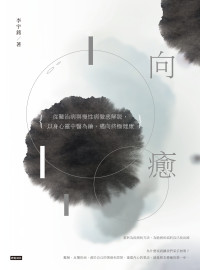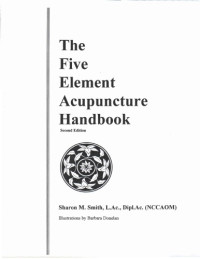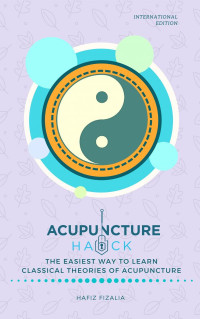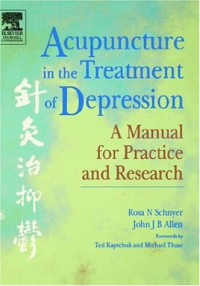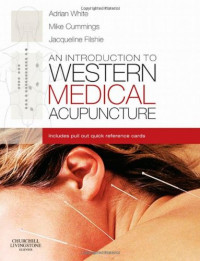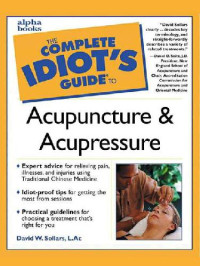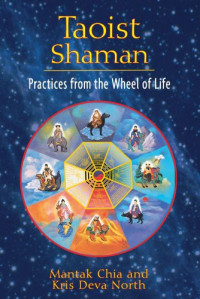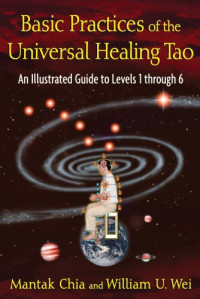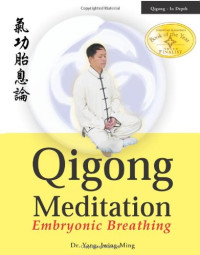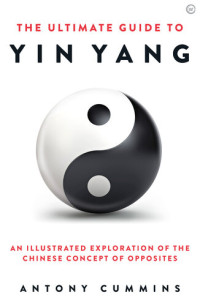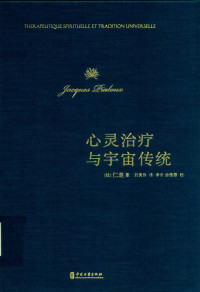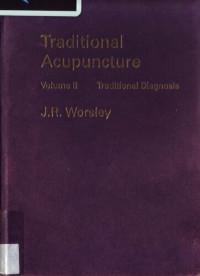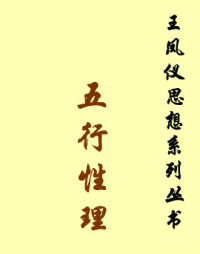
The five element acupuncture handbook
Sharon M. Smith
The more I study acupuncture, the clearer it is to me that there are many ways to reach the same therapeutic end. The method reflected in this handbook is derived primarily from J.R. Worsley's formulation ofFiveElement Acupuncture, also known asleamington Acupuncture.
There are other types of Five Element Acupuncture, notably Meridian Therapy as developed by the Japanese.
The handbook consists of four sections: Concepts, Point Classification, Energetic Blocks, and Treatment Techniques. Each section is presented in snapshot fashion. Ideas are presented in a brief, un-elaborated style and are then expanded upon during classroom presentation and discussion.
Students are invited to add their own notes to these pages.
This handbook explains a slice of Worsley Five Element Acupuncture. The theory presented is in reality just one of the ways that Five Element Acupuncture has been taught at the Traditional Acupuncture Institute in Columbia, Maryland. Over the years, practitioners have created variations
on Worsley's original material. Despite such variations, the primary body of information in this tradition has held constant. It is my intention in this handbook to present the central theoretical framework for basic energetic concepts and treatment, rather than the details.
Some of the information included is not from Worsley's Five Element traditioq for example, the Over-Controlling and Violation Cycles, and the Transporting Points. Such concepts are widely used by both Five Element and practitioners of other traditions and styles. They are higtrly valuable
in understanding energetics, and give Five Element practitioners a broader vocabulary for conversation. Any material that is outside the boundaries of Worsley's Five Element Acupuncture will be noted as such.
The major benefit of this handbook on acupuncture theory is to provide a coherent basis for understanding energetics, patholory, and for treating patients. Theory helps us organize our observation ofpatients, develop treatment plans, and generally provides a frame by which to structure our practice of ucupuncture. Theory is simply the body of knowledge and principles derived from astute observation and extensive clinical experience.
Ultimately, this handbook is intended to serve as a reference and guide for students. The information in this handbook is the combined knowledge of my many teachers - those who taught me when I was a student and those who continue to teach me. It is my hope that this acquired wisdom
will enrich the practice of all my students.
There are other types of Five Element Acupuncture, notably Meridian Therapy as developed by the Japanese.
The handbook consists of four sections: Concepts, Point Classification, Energetic Blocks, and Treatment Techniques. Each section is presented in snapshot fashion. Ideas are presented in a brief, un-elaborated style and are then expanded upon during classroom presentation and discussion.
Students are invited to add their own notes to these pages.
This handbook explains a slice of Worsley Five Element Acupuncture. The theory presented is in reality just one of the ways that Five Element Acupuncture has been taught at the Traditional Acupuncture Institute in Columbia, Maryland. Over the years, practitioners have created variations
on Worsley's original material. Despite such variations, the primary body of information in this tradition has held constant. It is my intention in this handbook to present the central theoretical framework for basic energetic concepts and treatment, rather than the details.
Some of the information included is not from Worsley's Five Element traditioq for example, the Over-Controlling and Violation Cycles, and the Transporting Points. Such concepts are widely used by both Five Element and practitioners of other traditions and styles. They are higtrly valuable
in understanding energetics, and give Five Element practitioners a broader vocabulary for conversation. Any material that is outside the boundaries of Worsley's Five Element Acupuncture will be noted as such.
The major benefit of this handbook on acupuncture theory is to provide a coherent basis for understanding energetics, patholory, and for treating patients. Theory helps us organize our observation ofpatients, develop treatment plans, and generally provides a frame by which to structure our practice of ucupuncture. Theory is simply the body of knowledge and principles derived from astute observation and extensive clinical experience.
Ultimately, this handbook is intended to serve as a reference and guide for students. The information in this handbook is the combined knowledge of my many teachers - those who taught me when I was a student and those who continue to teach me. It is my hope that this acquired wisdom
will enrich the practice of all my students.
년:
1998
출판사:
S.M. Smith
언어:
english
페이지:
147
파일:
PDF, 10.97 MB
IPFS:
,
english, 1998
 Amazon
Amazon  Barnes & Noble
Barnes & Noble  Bookshop.org
Bookshop.org  파일을 변환하실 수 있습니다
파일을 변환하실 수 있습니다  더 많은 검색 결과
더 많은 검색 결과 기타 혜택
기타 혜택 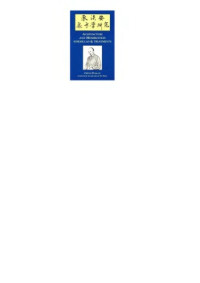
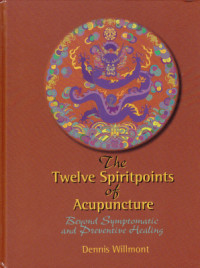
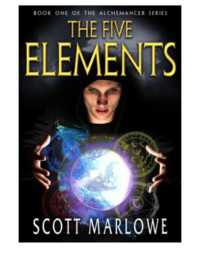
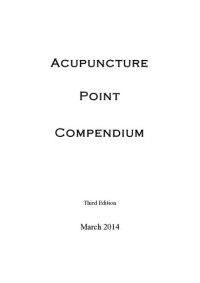
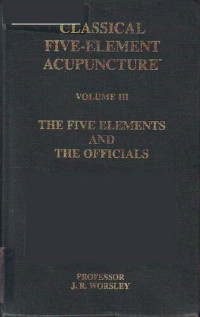
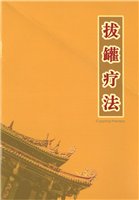
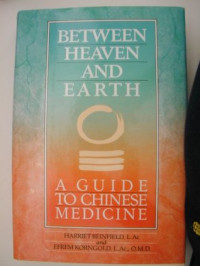
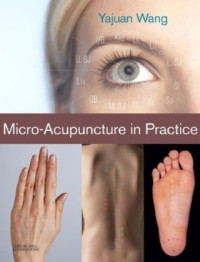
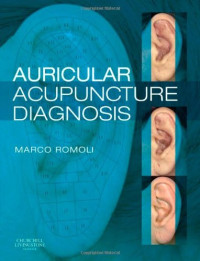
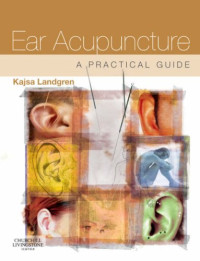

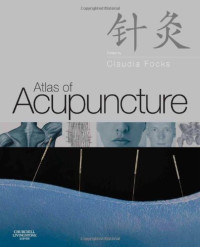
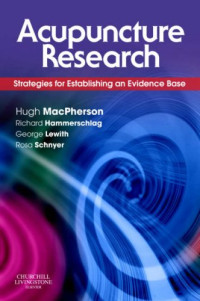
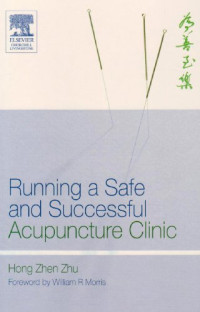
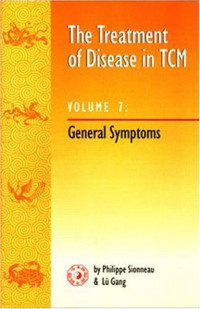

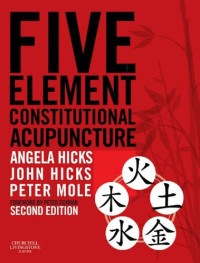
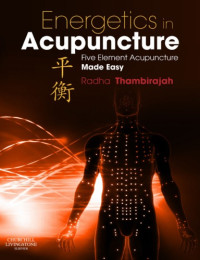
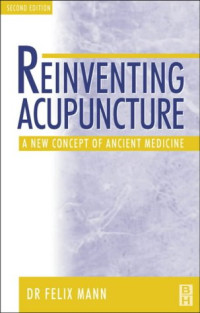
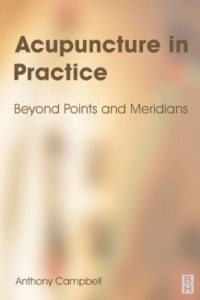

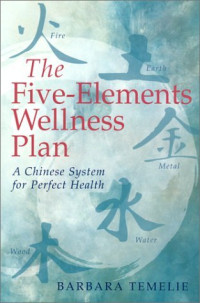
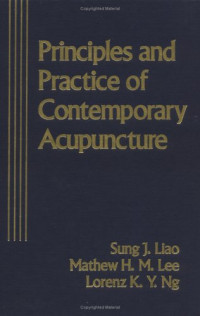
![Nora Franglen [Franglen, Nora] — The Handbook of Five Element Practice (Five Element Acupuncture)](https://s3proxy.cdn-zlib.se/covers200/collections/userbooks/64d248dad7c89b3f8b60534f8487bbe07aecdd94fa00524e3ea81dc445e7e38f.jpg)
